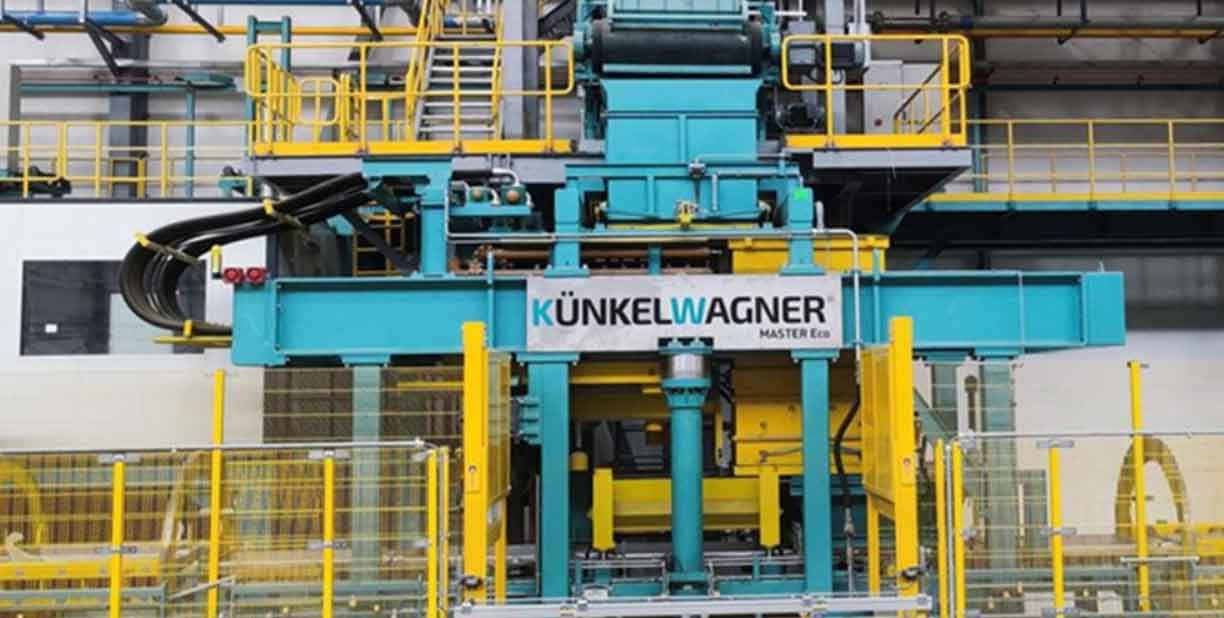
Steel casting manufacturers are influenced by a range of global trends that impact everything from production processes to market demand. These trends shape strategic decisions and operational adaptations in the industry. Here’s an overview of some key global trends currently influencing steel casting manufacturers:
1. Environmental Regulations and Sustainability
- Stricter Regulations: Governments worldwide are imposing stricter environmental regulations, pushing manufacturers to adopt cleaner and more sustainable practices.
- Eco-Friendly Production: There is an increasing push towards reducing carbon footprints, using renewable energy sources, and minimizing waste through recycling and reuse.
2. Technological Advancements
- Automation and Robotics: Automation is becoming more prevalent in the steel casting manufacturers to enhance efficiency, reduce labor costs, and improve safety.
- Advanced Materials Science: Innovations in materials science are enabling the development of higher quality and more durable steel grades, enhancing product performance.
- Digitalization and Industry 4.0: The integration of IoT, AI, and big data analytics is optimizing production processes, enhancing quality control, and improving supply chain management.
3. Economic Fluctuations
- Global Supply Chain Disruptions: Events such as the COVID-19 pandemic have highlighted the vulnerabilities in global supply chains, prompting a reevaluation of sourcing strategies.
- Market Volatility: Fluctuations in the prices of raw materials, such as iron ore and coal, directly affect production costs and pricing strategies.
4. Changing Market Demands
- Customization: There is an increasing demand for customized casting solutions tailored to specific industry needs, driving manufacturers to offer more flexible and adaptable production capabilities.
- Growth in Emerging Markets: Rapid industrialization in regions like Asia and Africa is creating new opportunities for market expansion.
5. Workforce Development
- Skill Shortages: The manufacturing sector often faces challenges in attracting skilled workers, which impacts production and innovation.
- Training and Development: There is a growing need for continuous training and upskilling to keep pace with technological advancements and maintain competitive advantages.
6. Focus on Quality and Reliability
- Enhanced Quality Standards: Manufacturers are increasingly focusing on improving product quality to meet stringent international standards and customer expectations.
- Non-Destructive Testing (NDT) Innovations: New technologies in NDT allow for better defect detection and quality assurance, critical in industries like aerospace and automotive.
7. Circular Economy and Resource Efficiency
- Resource Efficiency: The concept of a circular economy is gaining traction, encouraging manufacturers to optimize resource use and minimize waste.
- Lifecycle Management: There is a growing emphasis on managing the entire lifecycle of products, from design to disposal, ensuring sustainability and efficiency.
These trends compel steel casting manufacturers to continually adapt and innovate. Staying ahead requires not only keeping pace with technological and material advancements but also responding proactively to shifts in regulatory, economic, and market dynamics. This adaptability is crucial for maintaining competitiveness and securing long-term success in the global marketplace.
